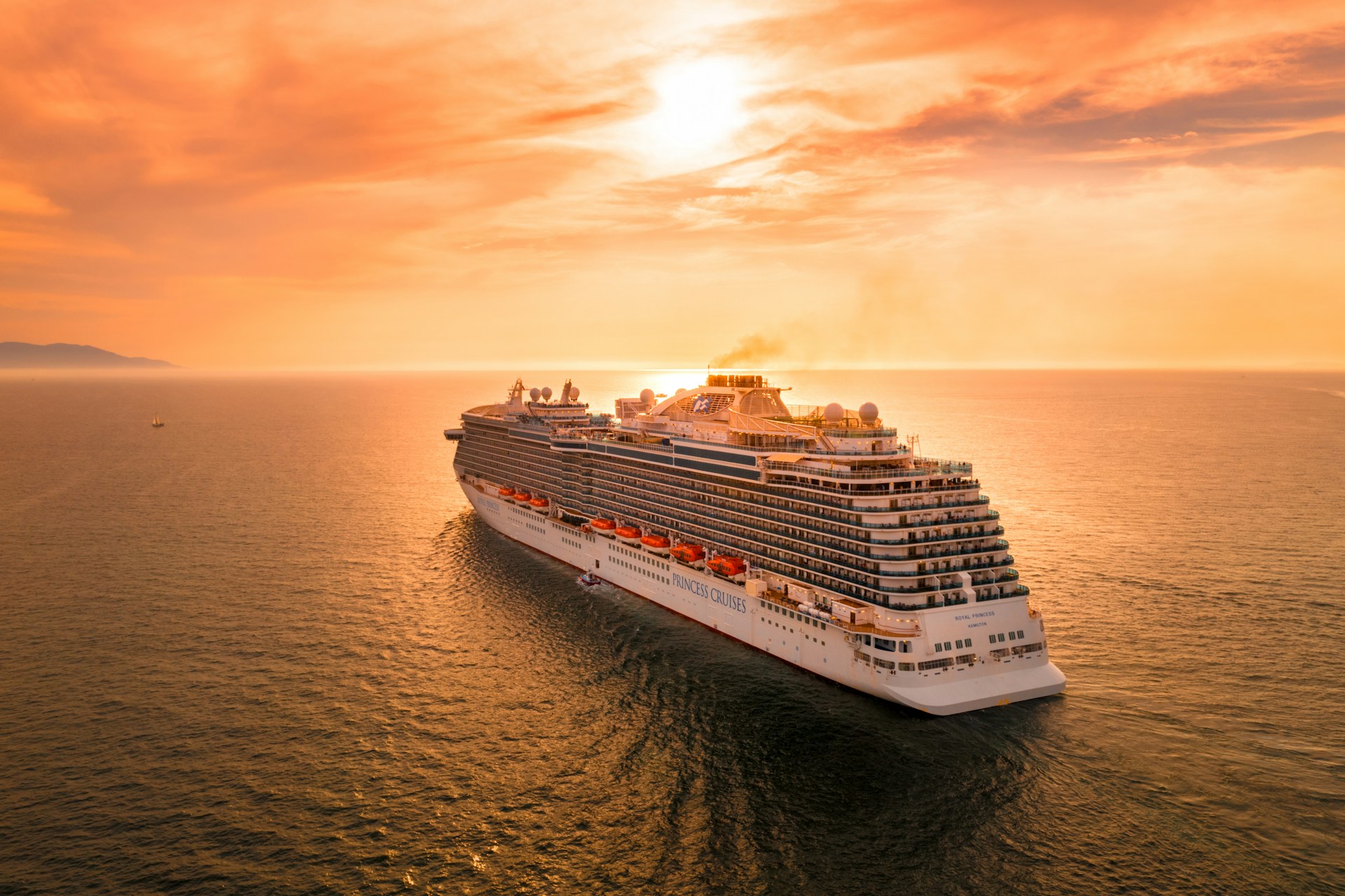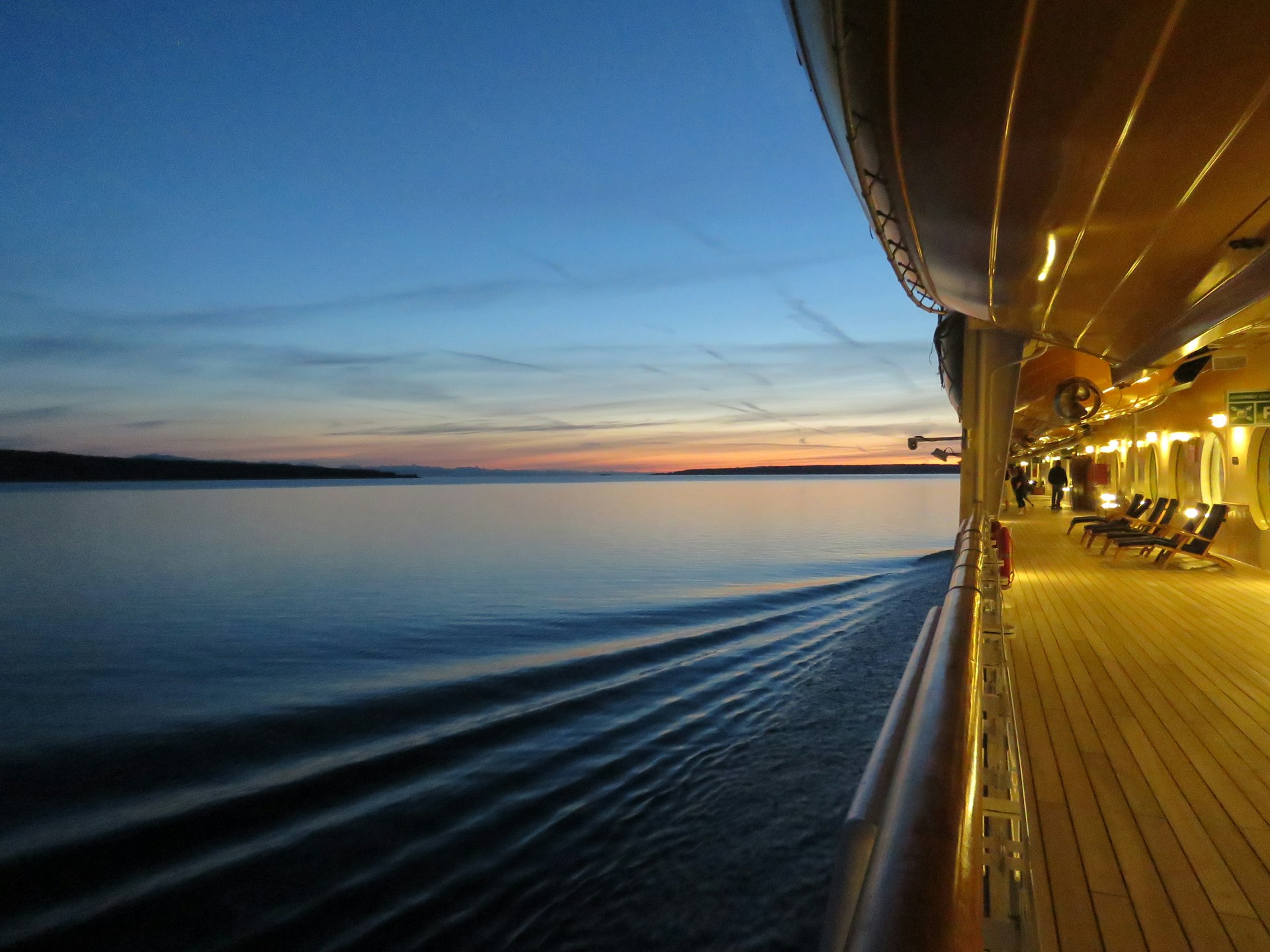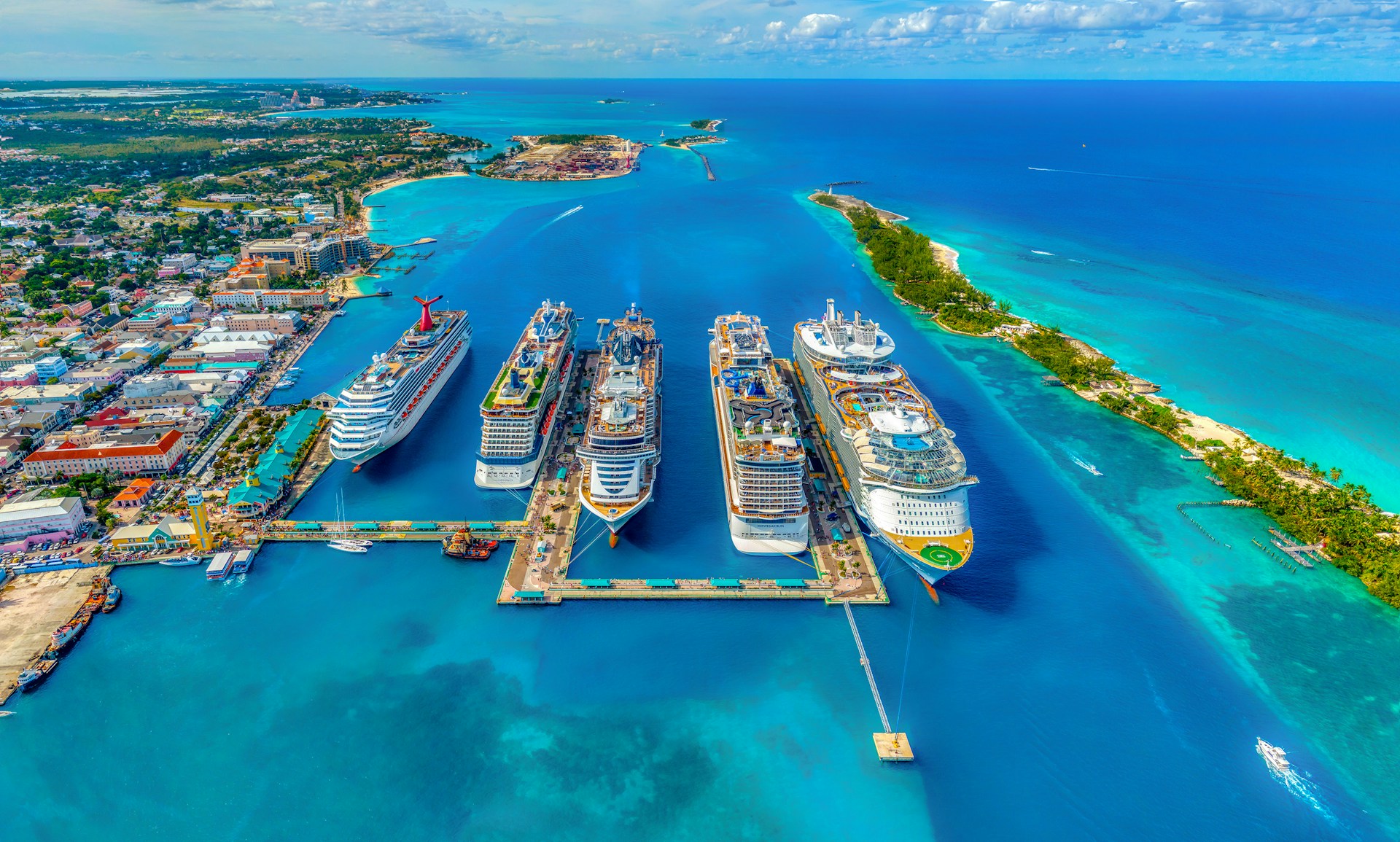
There’s something undeniably magical about a cruise vacation – waking up in a new port each day, all-you-can-eat buffets, nightly entertainment, and the gentle rocking of the ocean as you sleep. But that magic can come with a hefty price tag if you’re not careful. The good news? With some strategic planning and insider knowledge, you can enjoy all the perks of cruising without emptying your wallet because it is totally possible to be saving money on a cruise vacation!
From booking tricks to onboard hacks, here’s your comprehensive guide to stretching your cruise dollars further than you ever thought possible.
Saving Money On A Cruise Vacation: Before You Set Sail
Timing Is Everything
The early bird doesn’t just get the worm – it often gets significant savings on cruise fares. Booking 12-18 months in advance typically secures the best rates and cabin selection. Alternatively, if you’re flexible with your schedule, last-minute bookings (60-90 days before sailing) can score you incredible deals as cruise lines scramble to fill unsold cabins.
“Wave Season” (January through March) is when cruise lines offer their most competitive promotions, often including free upgrades, onboard credit, and reduced deposits.
Pre-Book Your Cruise Parking
One of the most overlooked expenses of cruising is parking at the port. Those daily rates can add up fast – think $20-30 per day at most cruise terminals. Over a 7-day cruise, you’re looking at $140-210 just to park your car!
The smart alternative? Pre-book your cruise parking through services like OneStopParking, which connects you with off-site parking options near major cruise ports. These facilities typically offer rates at 30-50% less than official port parking, with free shuttle service to and from the terminal. For a week-long cruise, this simple move can save you $70-100 before you even board the ship.
OneStopParking offers cheap port parking for The Port of Everglades, Jacksonville, Miami, San Diego, and Tampa.
Skip the Drink Package (Maybe)
Before automatically adding that beverage package to your booking, do the math. Most alcoholic drink packages run $60-90 per person, per day – and cruise lines often require all adults in a cabin to purchase the same package.
To break even on a typical $79 package, you’d need to drink about 6-8 alcoholic beverages daily. Unless you’re planning a particularly festive vacation, you might save more by paying à la carte. Many cruisers find that bringing the allowed amount of wine or champagne onboard (typically one or two 750ml bottles per adult, depending on the cruise line) and purchasing individual drinks is more economical.
BYO Essentials
Most cruise lines allow you to bring non-alcoholic beverages onboard in limited quantities. Packing a 12-pack of your favorite soda or water can save you from the $2-3 per can charges onboard. Similarly, bringing your own reef-safe sunscreen, over-the-counter medications, and other personal items prevents you from paying the marked-up prices in the ship’s retail shops.
Smart Booking Strategies
Pick the Right Cabin
Inside cabins are typically 30-60% cheaper than balcony rooms. If you’re the type who uses your cabin only for sleeping and changing clothes, this is a no-brainer saving opportunity. Many newer ships even offer virtual “balconies” in inside rooms – digital screens that show real-time ocean views.
Another option: “guaranteed” cabins. You select a category (inside, oceanview, balcony) but not a specific cabin. The cruise line assigns your room closer to sailing, and in exchange for this flexibility, you pay less than those selecting specific cabin numbers.
Travel Off-Peak
Cruising during shoulder seasons (April-May and September-November, excluding holiday weeks) can cut your fare by 20-40% compared to summer and holiday sailings. As a bonus, you’ll encounter fewer crowds both onboard and in ports.
For Caribbean cruises, consider hurricane season (June-November). While there’s some weather risk, cruise lines are expert at avoiding storms, and the savings can be substantial. Just be sure to purchase travel insurance for peace of mind.
Use a Travel Agent
In the age of online booking, travel agents remain surprisingly relevant for cruise vacations. Specialized cruise agents often have access to group rates, exclusive promotions, and onboard credits not available to the general public. Their services typically cost you nothing, as they’re compensated by the cruise lines.
Onboard Saving Strategies
Skip the Specialty Dining (Sometimes)
Modern cruise ships feature numerous specialty restaurants charging $25-60 per person. While these venues often offer exceptional cuisine, the main dining room and buffet are included in your fare and have significantly improved their offerings in recent years.
A smart compromise: plan one or two specialty restaurant nights rather than making it a daily indulgence. Many lines offer discounted specialty dining packages if you book before your cruise.
Be Strategic About WiFi
Internet packages on cruises remain surprisingly expensive, often running $15-30 per day. Instead of purchasing full-cruise packages, consider:
– Using free WiFi in ports
– Buying single-day packages only when absolutely necessary
– Taking advantage of reduced rates offered on embarkation day
Better yet, embrace the opportunity to digitally detox – you’re on vacation, after all!
Spa Smarter
Cruise ship spas offer amazing services at premium prices. To enjoy the experience without the premium cost:
– Book treatments on port days when specials are frequently offered
– Attend the spa’s embarkation day tour, which often includes discount offers
– Look for packages combining multiple treatments for better value
Many ships also offer thermal suites with saunas, steam rooms, and heated loungers. A cruise-long pass costs less than multiple treatments and provides unlimited access.
Port Day Savings
DIY Port Adventures
Excursions booked through the cruise line typically cost 30-50% more than identical tours booked independently. Sites like Viator, Shore Excursions Group, and TripAdvisor make it easy to find reputable local operators.
If going independent makes you nervous, consider this middle ground: book through third-party excursion consolidators like Shore Excursions Group or Viator, which often offer guarantees to get you back to the ship on time.
Eat Lunch in Port
While it’s tempting to return to the ship for the “free” food, exploring local cuisine is part of the travel experience. In many ports, particularly in the Caribbean and Mexico, you can enjoy authentic local meals for less than you’d spend on drinks and souvenirs aboard the ship during lunchtime.
Research affordable but authentic restaurants before your cruise, focusing on spots where locals eat that are within walking distance of the port.
Limit Shopping to Meaningful Purchases
Those port shopping presentations onboard? They’re essentially advertisements for partner stores. While they may offer genuine discounts, they’re designed to drive passengers toward high-margin purchases.
Instead of impulse buying, decide before your cruise what meaningful souvenirs you want – perhaps local art, regional spirits, or hand-crafted items specific to your destinations. This approach not only saves money but results in more meaningful mementos.
Final Money-Saving Tips
Watch for Price Drops
Even after booking, continue monitoring your cruise fare. Many cruise lines will adjust your price if the fare drops before final payment (typically 60-90 days before sailing). Some will even offer adjustments after final payment in the form of onboard credit or cabin upgrades.
Set price alerts through sites like Cruiseline.com or CruiseCritic, or ask your travel agent to monitor for reductions.
Join Past Guest Programs
Cruise line loyalty programs offer increasingly valuable perks as you sail more with a particular line. Benefits like free laundry, internet discounts, priority boarding, and exclusive lounges can significantly reduce your onboard spending on future cruises.
Even first-time cruisers should join these programs before sailing – sometimes just being a member qualifies you for special offers.
Consider Repositioning Cruises
These one-way itineraries occur when cruise lines move ships between seasonal regions (like from the Caribbean to Europe in spring). They typically offer more sea days and unusual port combinations at prices 20-50% lower than regular itineraries.
The catch? You’ll need to purchase one-way flights, but even with this added expense, the total cost often remains lower than standard cruises.
—
Cruising remains one of the most value-packed vacation options available, offering transportation, lodging, food, and entertainment in one package. By implementing these strategies – from pre-booking your parking through OneStopParking to carefully timing your booking – you can trim hundreds or even thousands from your vacation cost without sacrificing the experience.
Remember, the goal isn’t just to cruise cheaply, but to maximize the value of every dollar you spend. After all, money saved on one cruise can go toward making your next ocean adventure happen that much sooner!
What are your favorite cruise money-saving tricks? Have you discovered other strategies that have significantly cut your vacation costs? The cruise community is always evolving new ways to stretch those vacation dollars!



